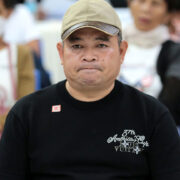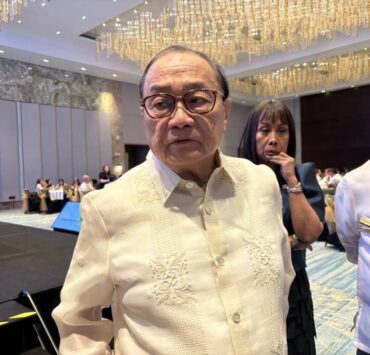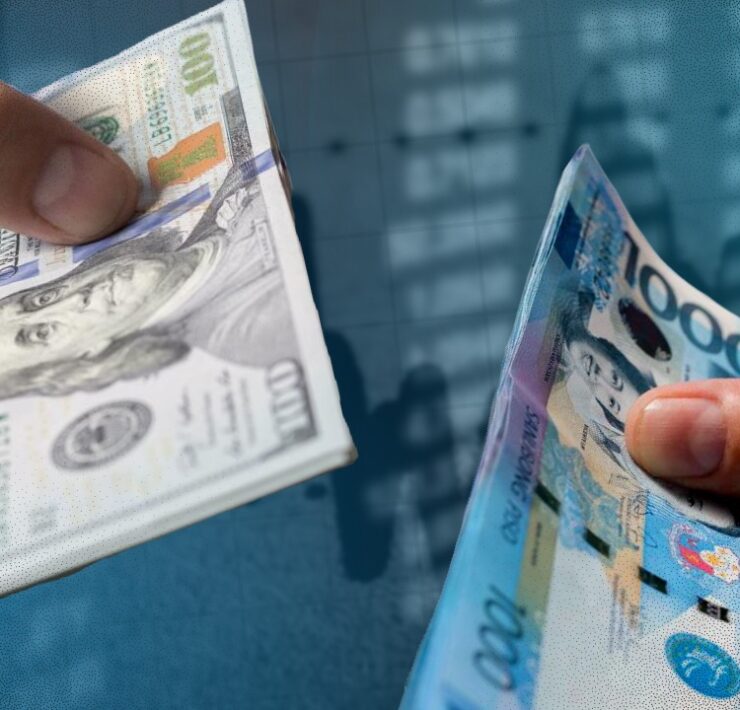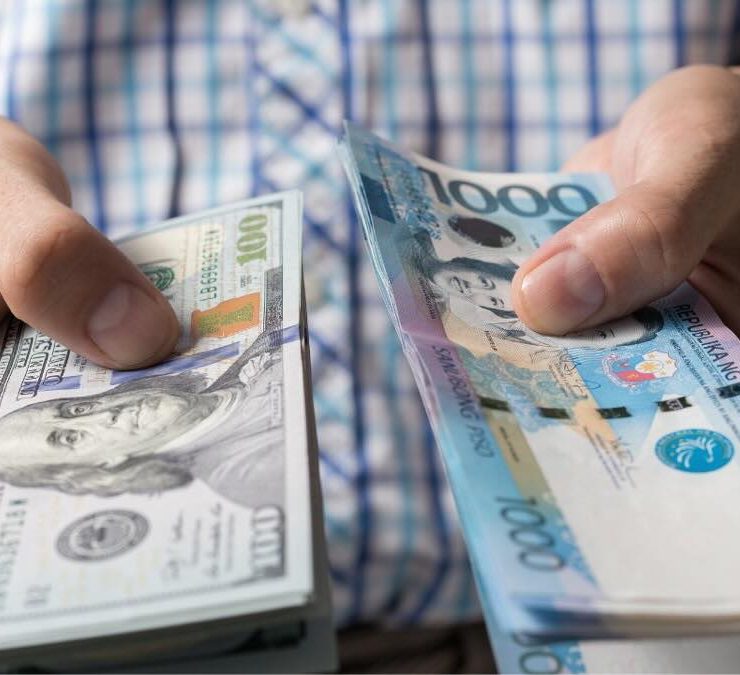Trade deals boosting risk appetite in Asia, including PH
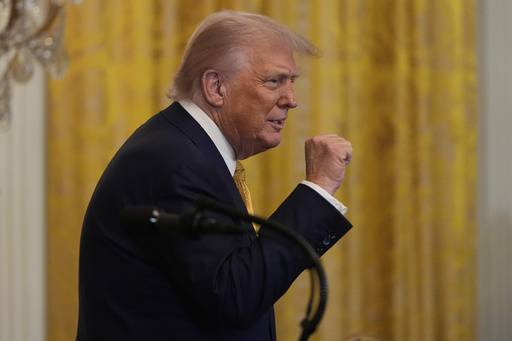
The new US import tariff on goods from Asian countries like the Philippines suggests that President Donald Trump may be taking a “relatively more moderate form” of trade protectionism—a shift that is fueling increased risk appetite among investors.
In a commentary, analysts at MUFG Bank noted that the 19-percent tariff on Filipino exports adds to a series of recent US trade deal announcements, which have set tariff rates at between 10 percent and 20 percent.
According to Japan’s largest banking group, these rates appear milder than those initially proposed in April, helping to boost investor confidence and spur capital inflows into Asian equity and bond markets.
“This also reflects a shift in US trade policy toward a relatively more moderate form of protectionism compared to those reciprocal tariff rates announced on US Liberation Day in April,” MUFG said.
After a bilateral meeting with Trump in Washington, President Marcos confirmed that the US will proceed with a 19-percent tariff on Philippine exports—higher than the 17 percent rate announced in April, though slightly below the 20 percent floated earlier this month.
In exchange, the Philippines agreed to scrap tariffs on American automobiles and boost imports of US soybeans, wheat and pharmaceutical products. Asked whether the Philippines got the short end of the stick, the President said, “Well, that’s how negotiations go.”
Last week, foreign investors turned net buyers in the local stock market, purchasing P340 million more in shares than they sold—marking a sharp reversal from the previous week’s net foreign selling of P2.99 billion.
At the same time, the Philippine peso briefly strengthened back to the 56 level against the US dollar, buoyed by optimism following new US tariff agreements with countries such as Japan and the Philippines. The improved sentiment weakened demand for safe-haven assets like the dollar. MUFG forecasts the peso to hover around the 56 level in the third quarter before appreciating to 55.5 in the final quarter of 2025.
Reality check
“Newsflow for stock markets continued to be net-positive, helping US stocks and many major Asian equity indices to notch new highs this past week,” analysts at Nomura Global Markets Research said in a separate commentary.
“Even though effective average tariff rates are expected to settle at higher rates (our US team estimates it at 19.5 percent, vs the previous projection of 15.2 percent), we think markets are taking solace from the fact that incrementally, ‘deals’ with some major trading partners are at least coming through,” they added.
Moving forward, Nomura said the sustainability of this optimism would depend on outcomes of the next data releases, which will show the impact of the tariffs on major Asian nations.
“The second half of 2025 will be a reality check period, in our view, and the extent/timing of when these tariffs affect economic activity will determine whether the risk-on rally can continue,” the Japanese investment bank said.
“For now, stocks in general continue to be supported by positive incremental developments,” it added.




